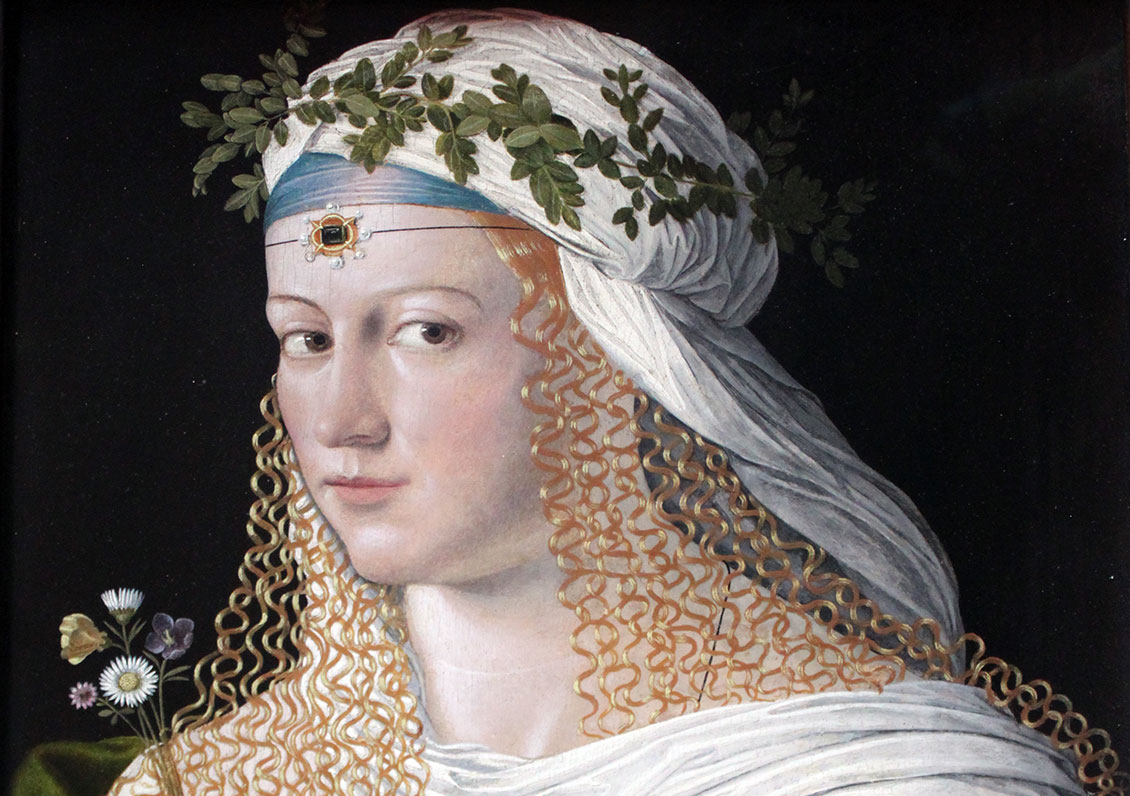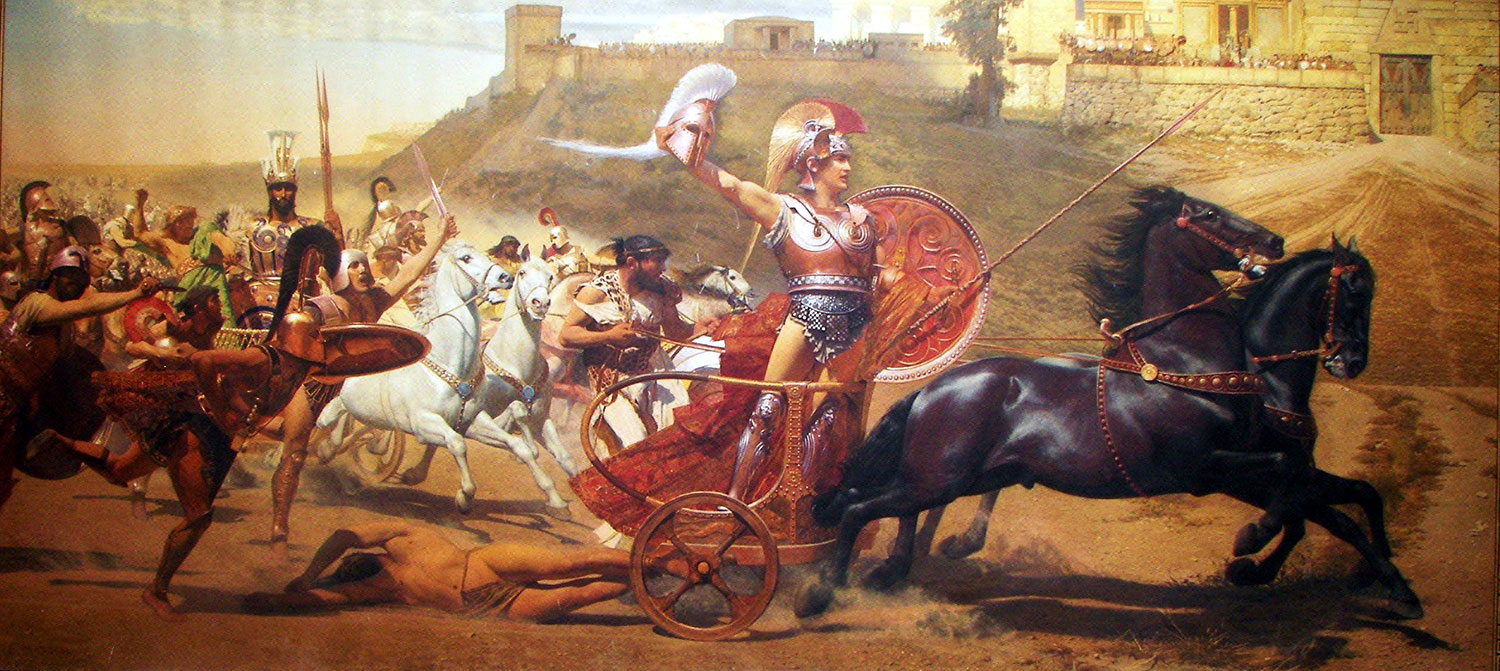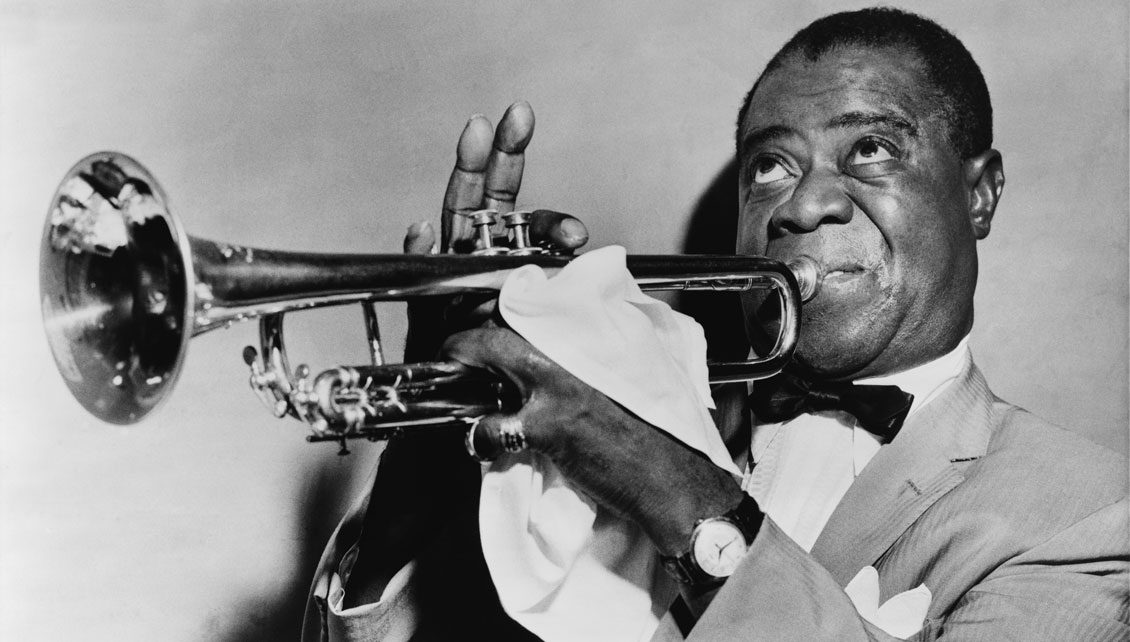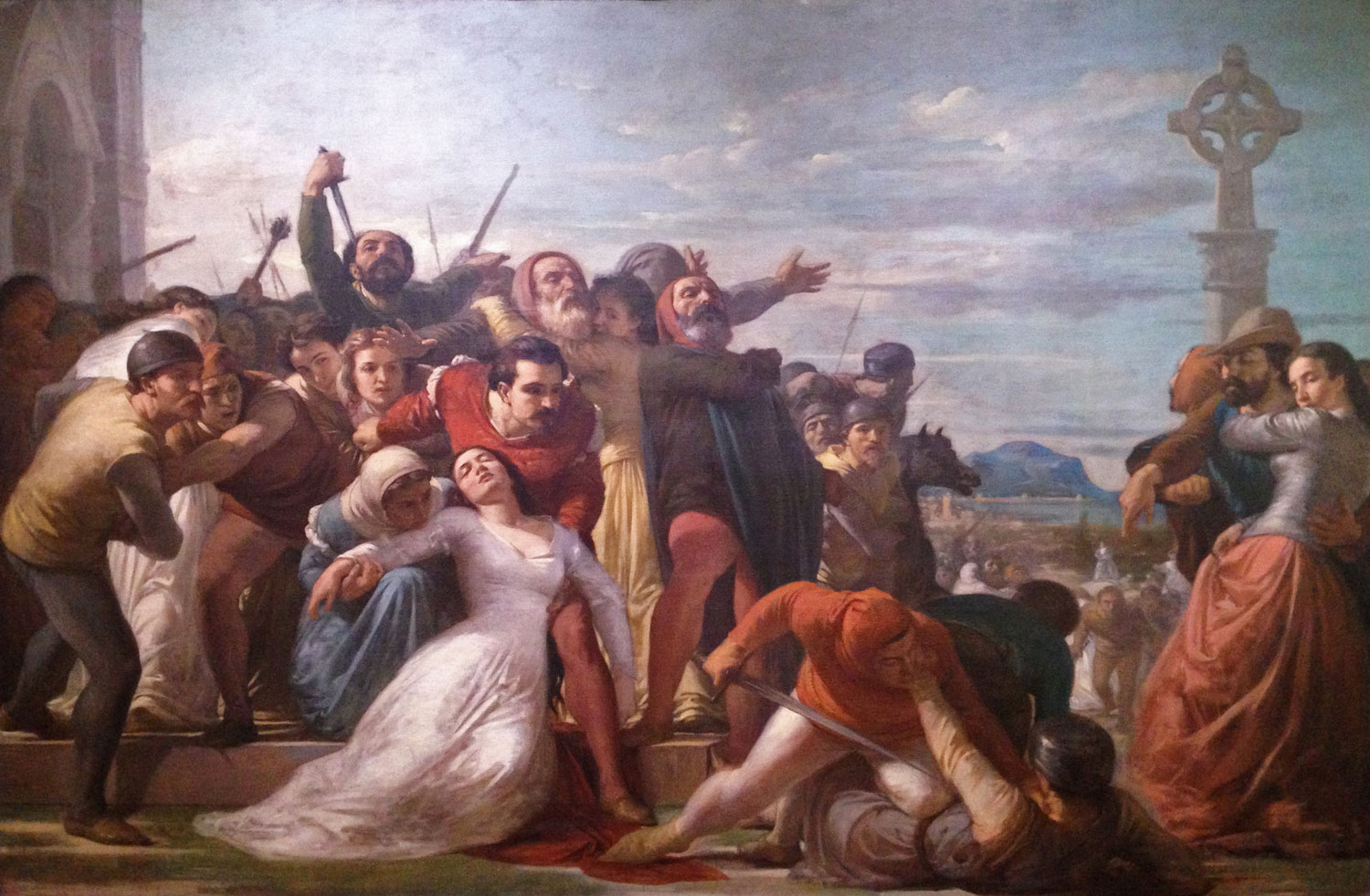Much maligned for their misuse of power, the Borgias are being reassessed in our age of more secular power politics. Were Alfons (Pope Callixtus III), Rodrigo (Pope Alexander VI), Cesare and Lucrezia dastardly characters or stereotyped as Machiavellian? Were the Borgia popes abjectly sinful or merely worldlier than was good for their reputations? Was Lucrezia one of history’s great vixens or her powerful family’s pawn? Were the Borgias simply victims of early biographers intent on character assassination due to gender politics or a poor understanding of how political power must always be used? Our program reexamines the Borgias in the context of their considerable contributions to the Italian Renaissance. This program is offered with the support of the College of Letters and Science, UC Santa Barbara.
Friday May 4, 2018 | 7:30 – 9:30 pm
The Borgia and the Renaissance of Empire in Italy / Thomas Dandelet (History, UC Berkeley). Few, if any, “foreign” families shaped the cultural, religious and political life of Renaissance Italy in the dramatic and controversial fashion that distinguished the Borgia (Borja) family of Valencia, Spain. Often maligned by contemporary opponents and later critics alike as politically ruthless, morally depraved, and religiously corrupt, Rodrigo Borgia, Pope Alexander VI (1492-1503), can also be viewed as an important patron of art and architecture, a shrewd political operator who strengthened the Papal States, and an important player in the revival of imperial ambitions in Italy and abroad. These were characteristics that made Alexander VI a classic example of Machiavelli’s respected (and feared) Renaissance prince who gained honor, glory and fame for himself and his family. At the same time, his rule can be credited with expanding the foundations of the Renaissance in Rome that following popes would build upon. This presentation focuses on this often forgotten role of Alexander VI as one of the most influential princes in a period of dramatic European and global transformation.
Performance: Music in the House of Borgia / GALLIMAUFRY CHAMBER CHORUS, directed by SHIRA KAMMEN (violin) and featuring JULIE JEFFREY (viola da gamba); introduced by KIP CRANNA (Dramaturg, SF Opera) and presented with the support of the Italian Cultural Institute.
Saturday, May 5, 2018 | 10 am – noon and 1:30 – 4:00 pm
Giulia “La Bella” Farnese: Papal Concubines and Families in Renaissance Rome / Carol Lansing (History, UCSB). Rodrigo Borgia’s reputation for debauchery is based in part on his open arrangements with his concubines and their children, notably Vanozza dei Cattanei and Giulia Farnese. There is a long history of scandalous Roman gossip about popes and women, notably Pope Joan. However, recent studies have shown that it was very common for priests in the Renaissance to have concubines and even to provide for their illegitimate offspring. This talk will view papal scandals through the eyes of the women and families. The brilliant and ambitious Giulia Farnese after all was able to use her role to advance members of the Farnese family.
Confidence Games: The Ends of Power in Machiavelli’s The Prince / Jon Snyder (Italian Studies, UCSB). On diplomatic missions for the Florentine Republic in the turbulent first years of the sixteenth century, Niccolò Machiavelli (1469-1527) met the feared warlord Cesare Borgia, the son of Pope Alexander VI. Machiavelli later immortalized Cesare’s meteoric rise and fall in his treatise on The Prince, identifying in the younger Borgia a model for any ruler of a modern state seeking to obtain and maintain power. The ideal Italian Renaissance prince—cunning, ruthless, daring, indifferent to conventions and traditions—must practice an instrumental approach to “the art of the state” that severs ethics from politics. These troubling new “virtues” need to be deployed, but never displayed, because the prince’s grip on power depends in part upon how well he can act like a “fox” by hiding his true thoughts from subjects and enemies alike. In this presentation we will look at some of Machiavelli’s seminal—and still highly controversial—ideas about statecraft, before focusing on the fall-out from The Prince in the final phases of the Renaissance.
Rodrigo Borgia and His Legacy as Art Patron / Meryl Bailey (Art History, Mills College). In 1507, Pope Julius II (Giuliano della Rovere) vacated the Vatican rooms of his despised predecessor Pope Alexander VI (Rodrigo Borgia). Closed for centuries, Pinturicchio’s lavish Borgia Apartments blend Roman, Christian, and unusual Egyptian iconography to celebrate the glorious ancestry, destiny, and virtues of the Borgia pope and his family. Many of the holy figures in the frescoes have been identified as portraits of the pope’s illegitimate children and his mistress. Situating these sumptuous frescoes within their artistic, intellectual, and political context, we will explore Alexander’s use of the visual arts to promote his family and cement his claims to power. For centuries, scholars minimized the influence of the Borgia on later developments in Renaissance art, but we will reconsider Alexander VI’s legacy and his impact on later pontiffs, including his nemesis Julius II.
Sacred Reliquaries and Silk Clad Walls, Portraits and Living Spaces of Lucrezia Borgia, Duchess of Ferrara / Allyson Burgess Williams (Art History, SDSU). Lucrezia Borgia created a sensation when she entered Ferrara in January 1502 clad in a gold and brown striped wedding dress, her golden hair set off by a shimmering diamond studded hairnet. As the bride of Alfonso d’Este I, heir to the venerable dukedom of Ferrara, this twice-married 22-year old daughter of the licentious Pope Alexander VI and sister of the rapacious Cesare Borgia was under intense scrutiny. She quickly proved herself to be intelligent, kind, and pious, a superb administrator and loving mother. In order to move out from under the shadow of her Borgia past, Lucrezia commissioned a series of portraits presenting a new self, the virtuous and magnificent duchess. Lucrezia’s persona was reflected in her fabulous lost living quarters filled with sumptuous textiles and precious objects, consciously selected to firmly entrench her within the courtly world of North Central Italy.
Panel Discussion: Q&A with presenters
Download our postcard here: HW Borgia Postcard FINAL



